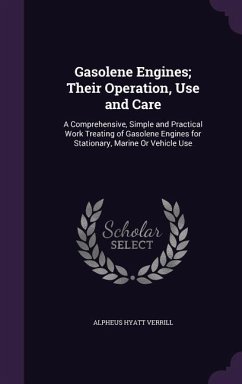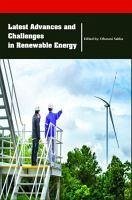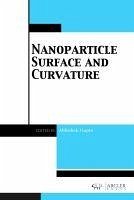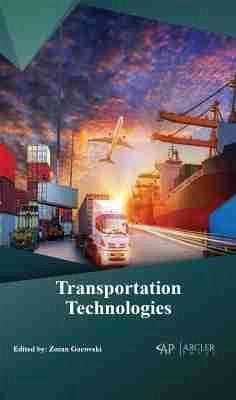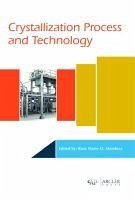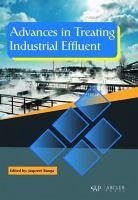
Advances in Treating Industrial Effluent
Versandkostenfrei!
Versandfertig in über 4 Wochen
162,99 €
inkl. MwSt.

PAYBACK Punkte
81 °P sammeln!
Pollutants contained in effluent cannot disappear, but only can be converted into something which is environmentally more acceptable or easier to dispose, in the form of sludge. The design of an effluent treatment plant is always tailored to the requirements of a specific site and the specificity of the types of waste generated during the processing; thus, there are no two identical effluent treatment plants or a common strategy which can be blindly applied for all the different types of effluents. In fact, each industrial unit fine tunes the standard effluent treatment processes according to ...
Pollutants contained in effluent cannot disappear, but only can be converted into something which is environmentally more acceptable or easier to dispose, in the form of sludge. The design of an effluent treatment plant is always tailored to the requirements of a specific site and the specificity of the types of waste generated during the processing; thus, there are no two identical effluent treatment plants or a common strategy which can be blindly applied for all the different types of effluents. In fact, each industrial unit fine tunes the standard effluent treatment processes according to their production line materials and the composition of waste generated. Wastewater treatment is a multi-stage process to purify wastewater rendering it suitable to enter a natural water body or making it functional again for directly applying it in irrigation or making it reusable in any other suitable form. The goal is to reduce or abstract organic/inorganic matter, solids, nutrients, chemicals, metals, oils, dyes and other pollutants; since water bodies can only receive certain amounts of pollutants without causing environmental hazard. Thus, each effluent treatment plant must adhere to the guidelines of discharge standards- limits conventionally promulgated by the pertinent environmental agency as allowable levels of pollutants. The main objective of this work was to summarize the physical chemical and biological treatments used in various types of industries for abstracting the level of pollutants, quantitatively expressed as biochemical oxygen demand (BOD), chemical oxygen demand (COD), suspended solids (SS), and total dissolved solids (TDS), from the waste water stream. This book can provide a clear but concise overview of industrial effluent treatment, that can be used as a quick reference.



